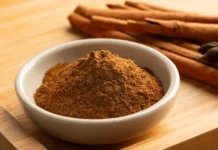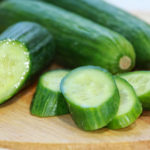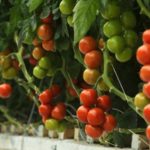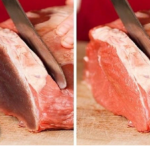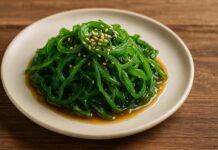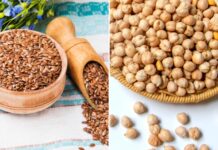The application of modern scientific achievements in agriculture has transformed the availability of many vegetables, including tomatoes. Today, tomatoes are a year-round staple, no longer restricted to a seasonal harvest. As an essential component of countless dishes and sauces, their year-round presence ensures a consistent supply for chefs and home cooks alike.
However, you may have noticed that modern tomatoes seem firmer than their older counterparts. In the past, tomatoes were delicate, requiring gentle handling to avoid bruising and crushing. Nowadays, even after passing through multiple hands and transportation stages, they remain remarkably resilient and firm.
The tomatoes of today also seem to have a longer shelf life, both at room temperature and in the refrigerator, compared to the quick spoilage of yesteryear. So, what’s causing these changes? Firstly, it’s about breeding. The demands of long-distance transportation and extended consumption periods call for harder, longer-lasting tomatoes. Modern agricultural practices have responded by employing scientific techniques to develop tougher varieties.
Breeders have worked to create tomatoes that can withstand the rigors of transportation, storage, and retail environments. These new varieties have thicker skins and a more robust structure, making them less susceptible to bruising and cracking during handling. They also possess improved disease resistance, reducing the impact of bacteria and mold, which further extends their shelf life.
This increased durability benefits consumers by potentially lowering prices and reducing food waste. The harvesting and post-harvest processes also contribute to the firmer texture of modern tomatoes. Today’s tomatoes are often picked earlier, and by the time they ripen, their starch content is lower, resulting in a less soft texture compared to naturally ripened tomatoes.

Why are modern tomatoes harder and able to be stored for weeks without spoiling? (Medium)
Post-harvest, temperature management plays a crucial role. By using cold temperatures, the ripening process is slowed, and the growth of bacteria and mold is inhibited. Additionally, by manipulating the gases in the storage environment, the respiration and ripening of tomatoes can be controlled, preventing premature softening and extending their lifespan.
While these changes have resulted in firmer, longer-lasting tomatoes, some consumers feel that the trade-off is a loss of flavor. Modern tomatoes may not possess the same intense sweetness and aroma as their predecessors. However, it’s important to note that tomatoes remain a nutritious and valuable culinary ingredient, rich in vitamins C, A, and K, as well as minerals like potassium and magnesium. While storage may reduce heat- and light-sensitive vitamins, the antioxidant lycopene content remains high.
According to VTC News
Showcasing Beauty with a Natural Look
Today, it is a widely-held belief that the kitchen contains an abundance of natural remedies for perfecting your beauty routine. From honey to cucumbers, oranges and avocados, to almonds and papaya, some of the ingredients found in the pantry can give you fresh, glowing skin without the need for expensive cosmetics.


